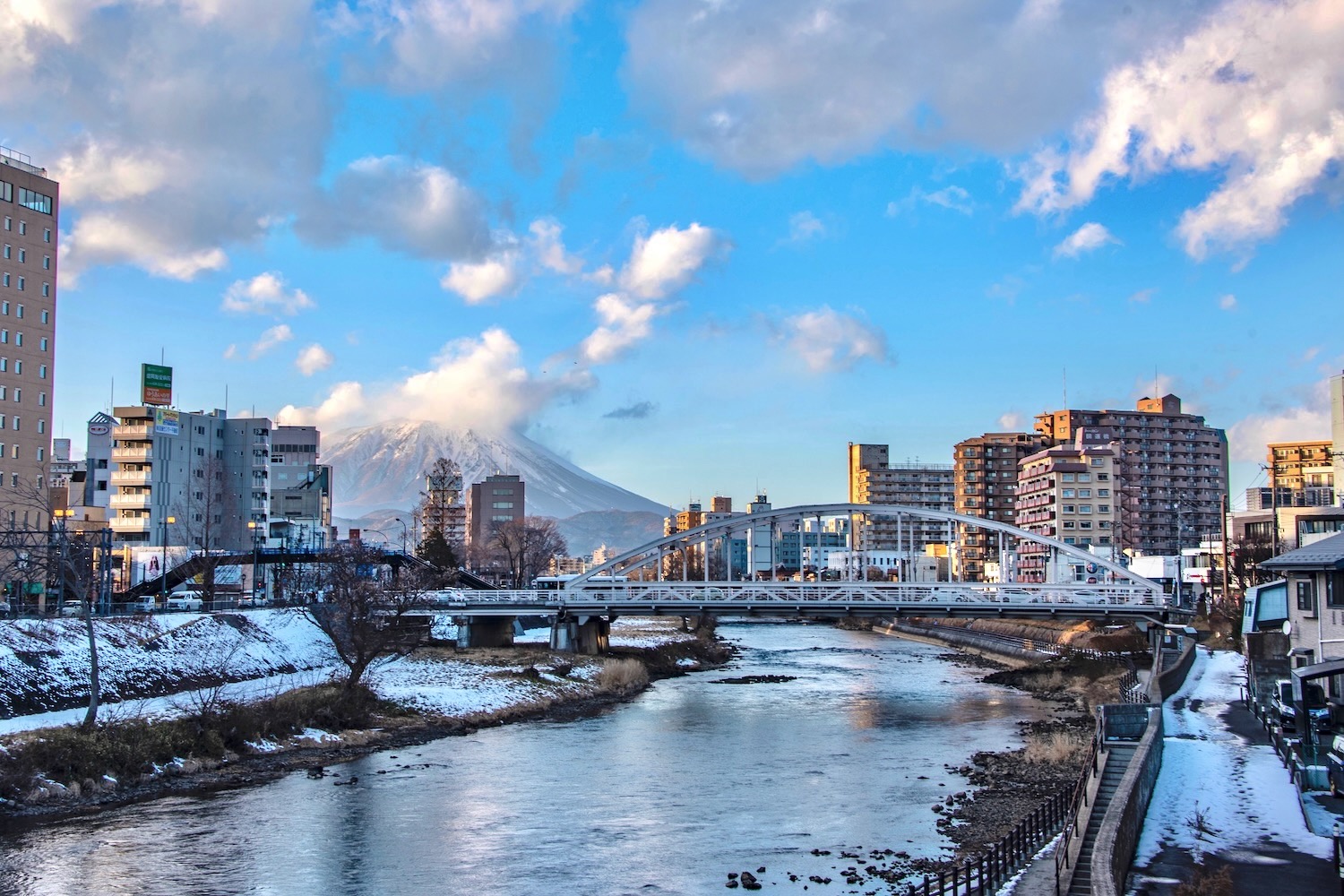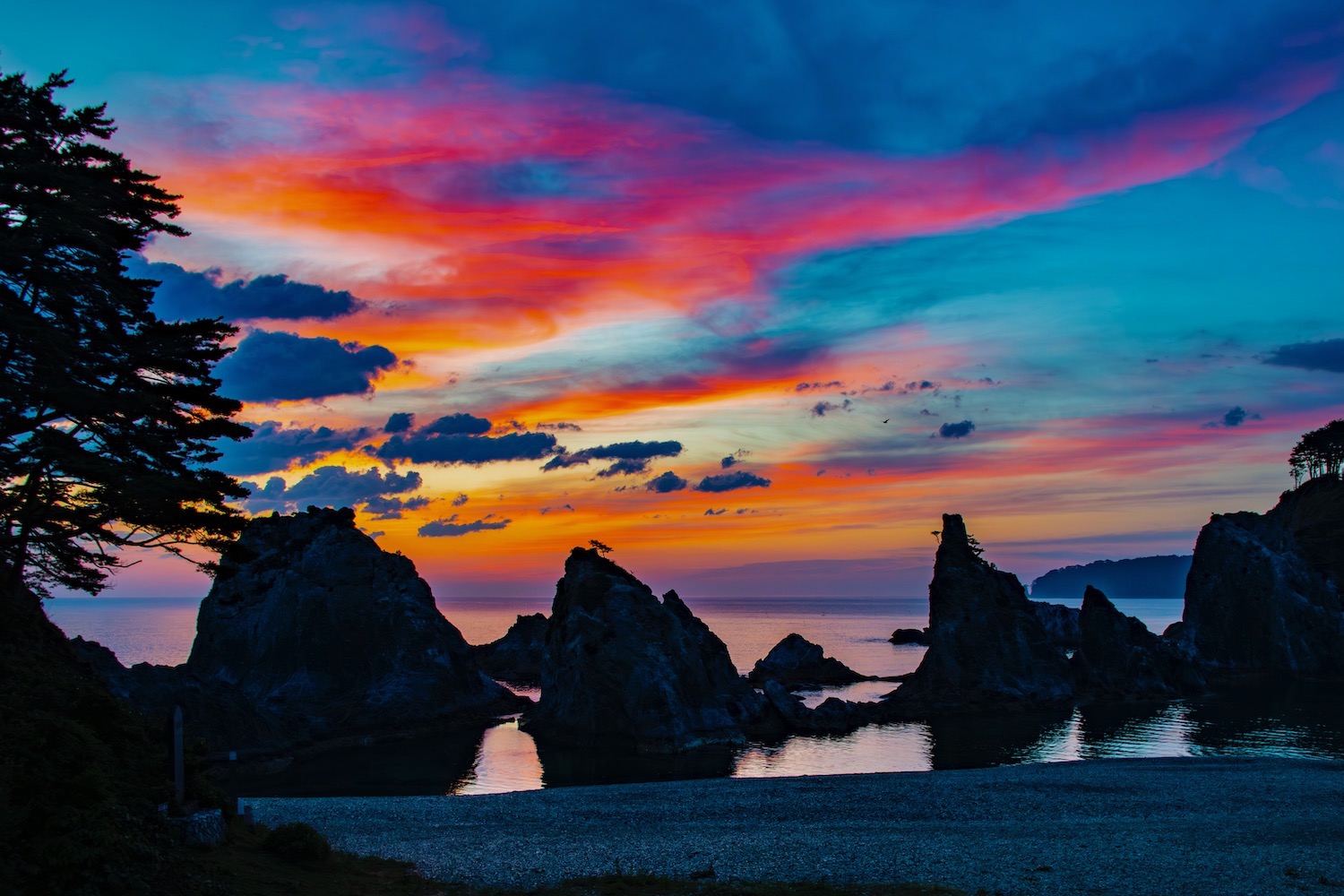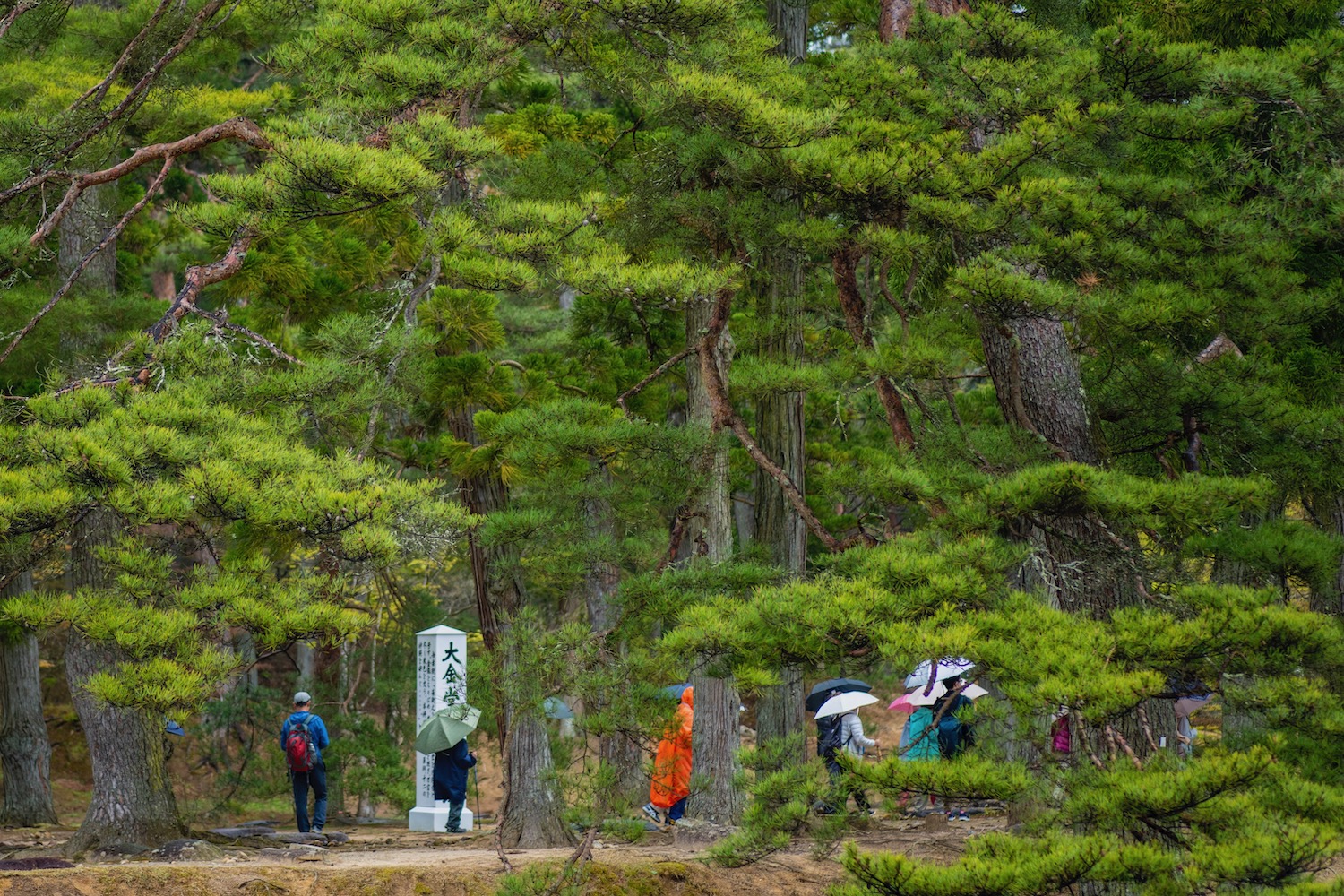In my ways, Japan’s Iwate prefecture is a microcosm of the larger Tohoku region. And not just because it sits directly at the center of it, although that’s a nice coincidence.
You see, Iwate-ken has a bit of everything that makes Tohoku special on the whole. This is true whether you’re craving scenic mountain vistas, or wild virgin beaches, and whether you’re slurping noodles in big-ish cities, or going back in time traipsing through ancient towns.
No matter where along these various continuums you fall, I hope my Iwate travel guide will hit the right notes. And certainly, that it will be of practical help in planning your trip.
Where to Base Yourself in Iwate
As you might imagine, the highest concentration of Iwate hotels is in Morioka city. These include popular business hotel brands like Richmond Hotel and Daiwa Roynet, as well as local hotels and even ryokan. While Shikitei, to be sure, is outside of Morioka’s core, it’s probably the most authentic place to stay within the general vicinity.
You can also, of course, stay somewhere more rural. Some travelers will want to do this near the coast, be that at the luxurious seaside Jodogahama Park Hotel, located near picturesque Jodogahama Beach. You may alternatively be able to find hotels in smaller places like Hiraizumi or Kitakami, although this can be a more difficult prospect—there simply aren’t many there.
Places to Visit in Iwate Prefecture
Morioka City

I’ll be honest: I’ve never spent a huge amount of time in Morioka-proper, apart from walks along the Kitakami River to admire Mt. Iwate towering over the city, and eating jajamen at night after an adventurous day out in the prefecture somewhere. But whether you take this tack or actually explore local attractions like the Morioka Castle Ruins—this city is very much worth your time.
Mt. Hachimantai

Another essential place on your Iwate itinerary is Mt. Hachimantai. While most people come here during autumn (when, along with nearby Lake Towada in Aomori prefecture, the hillsides are ablaze in red and orange), I’m a big fan of late spring. Specifically, around the first week of June, when a “dragon eye” forms amid the melting snow here.
The Sanriku Coast

The part of Japan most severely affected by the 2011 Tsunami, the Sanriku Coast is also one of the most interesting places in the whole country to discover. Most travelers don’t get much farther than iconic Jodogahama Beach near the city of Miyako, though if you can spend a few days here (anywhere from Tanohata in the north, all the way down to Kesennuma in the south), it’ll be worth your while.
Kitakami

If you’re reading an Iwate travel guide written by a person from, say, Thailand, it’s almost certain to include Kitakami, whose Tenshochi Park is home to one of Japan’s best sakura tunnels. On the other hand, this place is relatively unknown apart from its fame among Japanese and Southeast Asian tourists, which also means that it’s delightfully uncrowded, even during peak season.
Hiraizumi

An even less crowded place to visit is Hiraizumi, a town about 30 minutes south of Kitakami on the Tohoku Line. Although it was historically very important—calling it the “Kyoto of the North” actually has some precedent—very few tourists come here these days, even to famous attractions like the temples of Chuson-ji and Motsu-ji.
How Many Days Do You Need in Iwate?
Iwate looks small on the map—and, if you haven’t done your research, might seem like it’s not actually all that interesting. But I hope that after reading through this post, you realize that the opposite is true! In fact, depending upon how deeply you want to explore the various destinations here—I’m thinking about the Sanriku Coast in particular—you could end up spending as long as a week in Iwate.
On the other hand, I’d say for most travelers, the question of how many days in Iwate you should spend is one in the same, with how many days in Morioka you should spend. To that, I’d suggest starting with around 2-3 days in the prefectural capital, which will allow you to dip your toes into Iwate sightseeing with a few day trips, but without a high level of commitment.
Other FAQ About Visiting Iwate
What is Iwate, Japan known for?
Among tourists, Iwate is known for being home to the city of Morioka, as well as where you find scenic attractions such as Mt. Hachimantai and the Sanriku Coast. Within Japan more broadly, it’s known as one of the prefectures that was worst affected by the 2011 Great East Japan Earthquake and Tsunami.
How do I go to Iwate?
The easiest way to get to Iwate is to take a Shinkansen Hayabusa from Tokyo to Morioka, and transfer to a local or Limited Express train from there. Alternatively, some travelers may prefer to fly to Hanamaki Airport and renting a car, and getting around that way.
Is Morioka worth visiting?
Morioka is a fine city, but more than that makes a great base for exploring Iwate prefecture. When you combine this fact with the delicious local jajamen noodles you can enjoy every night after heading out for the day to discover more rural destinations, Morioka is definitely worth visiting.
The Bottom Line
From Morioka to Miyako, and from Hachimantai to Hiraizumi, my Iwate travel guide covers all your bases. If you’ve never to Tohoku, this prefecture is a great place to start exploring—and not just because of how easy it is to go off the beaten path. Conversely, even if you’ve spent some time in northeastern Japan, Iwate hides many treasures that you’ve probably missed. The good news? Many travelers will find exactly what they need within the Iwate itinerary I’ve written above. The better news? If you need some extra help, then you can always hire me to plan your trip.






